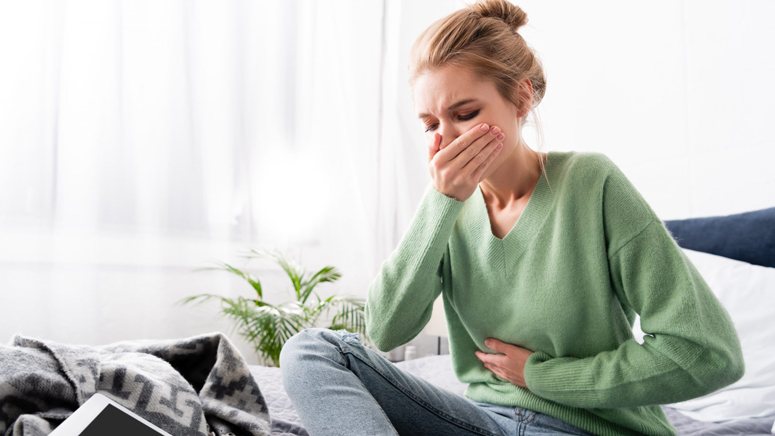Diverticulosis is a type of diverticula disease that occurs as a result of the formation of small pockets or pouches in the walls of the digestive tract. The weak spots in the outer lining of the intestine are pushed through by the inner layer of the intestine. In most cases, it occurs in the colon which is the lower part of the large intestine. Diverticulosis is different from diverticulitis [1] as in the case of diverticulitis, those pouches or bulges become infected or inflamed. And this can cause a lot of pain in the stomach. The risk factors for diverticulosis include obesity, smoking, aging, lack of exercise and diet low in fiber and high in animal fat. Certain medications such as opioids, steroids and nonsteroidal anti-inflammatory drugs like ibuprofen may also be a risk factor for diverticulosis.
This disease is common among those who are in the age range 60 and above. It is rare among those younger than 30. It is however one of the most popular diseases in the western world. Diverticulosis may have no symptoms, as those diagnosed may see or experience no signs. However, the following symptoms occur in cases where they do:
Nausea & Vomiting

Vomiting is a reflex that is uncontrollable, to expel through the mouth, the contents of the stomach. Nausea is a description of the feeling of vomiting, without actually vomiting. Nausea and vomiting may occur simultaneously or separately, depending on the psychological and physical conditions. Constant nausea and vomiting, should be checked.











